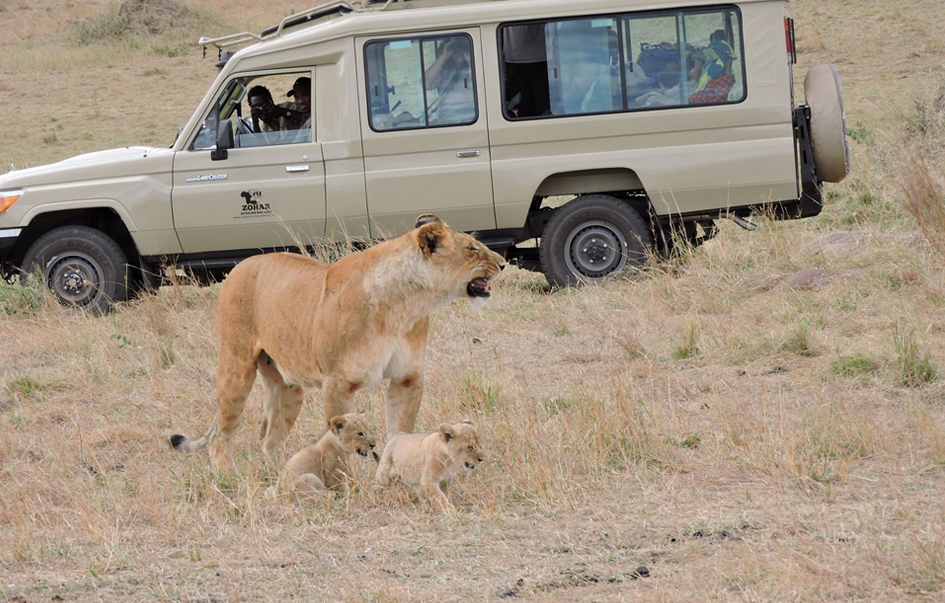Lake Manyara National Park
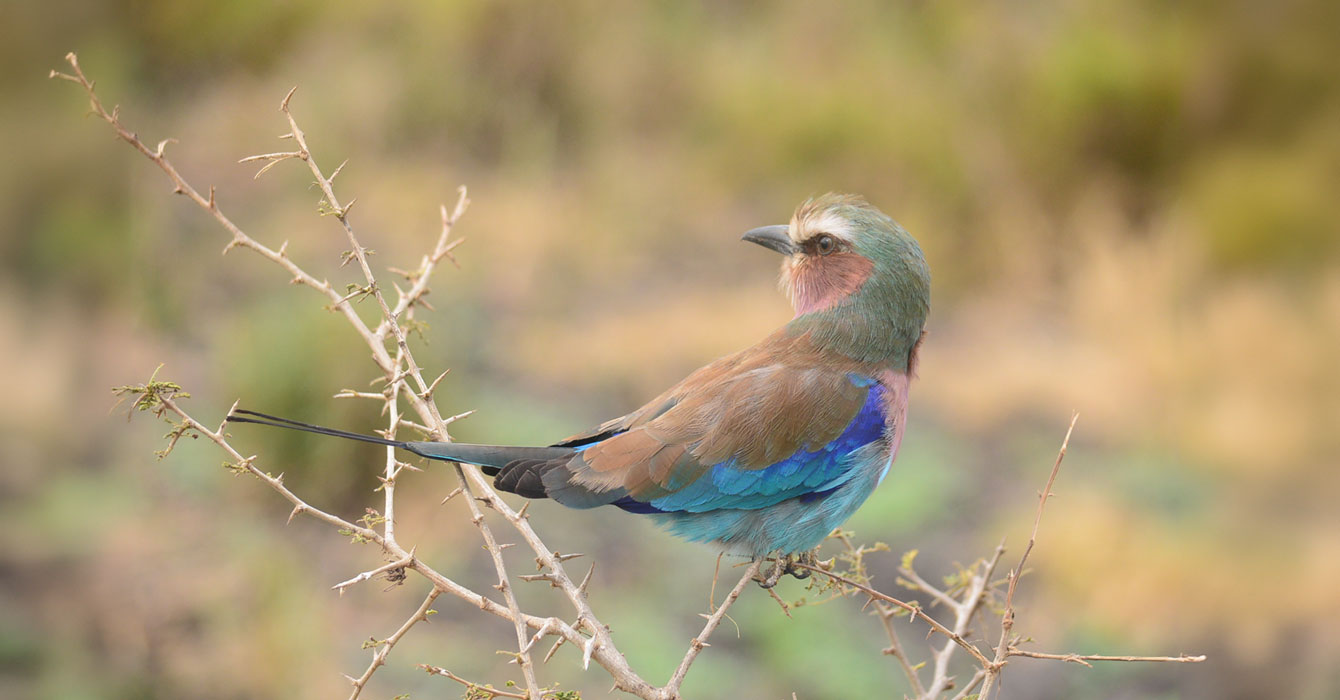
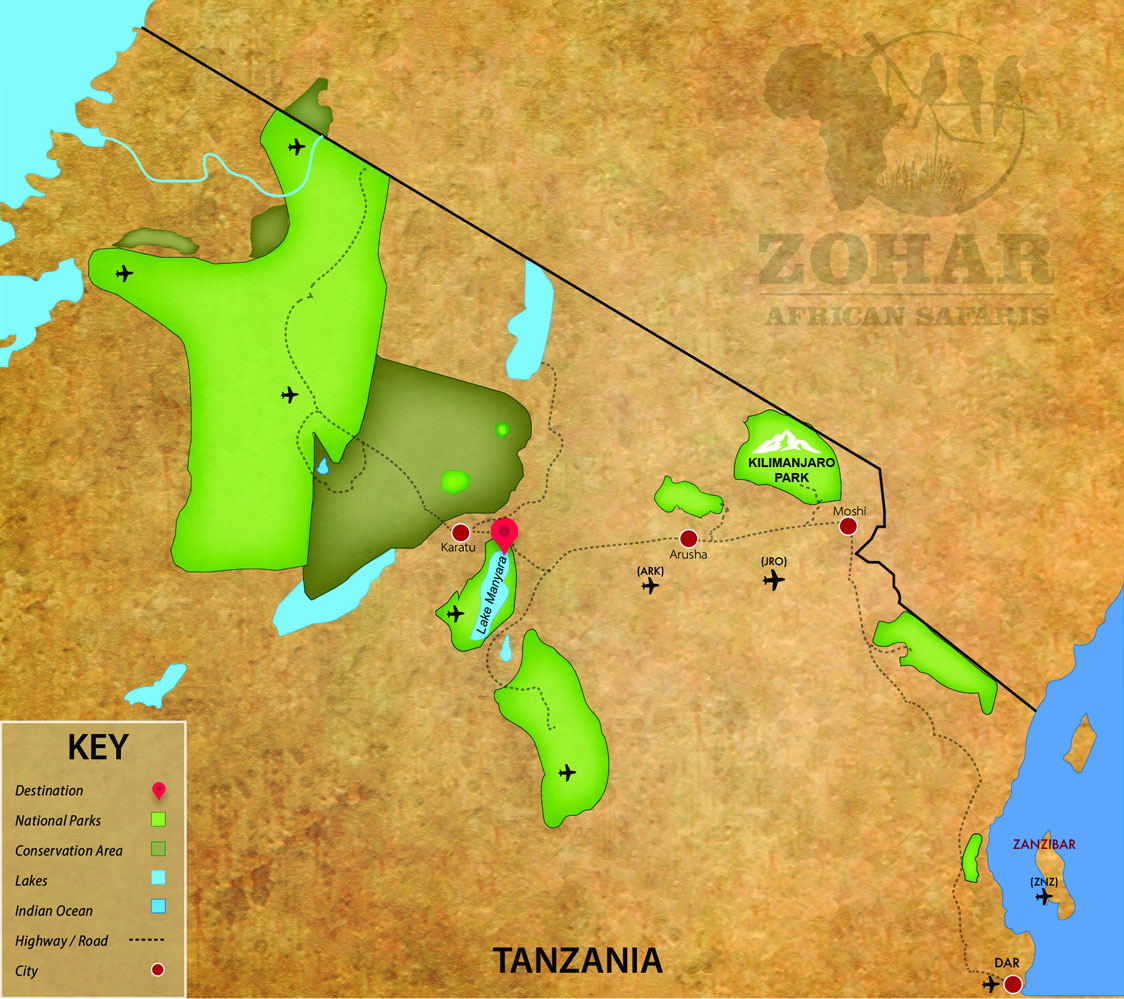
Nestled between the eastern and western escarpments of the Great Rift Valley, Lake Manyara National Park is a biodiversity hotspot packed into just 127 square miles (330 square kilometers).
Despite its relatively small size, the park’s lush forests, open grasslands, and alkaline lake create a stunning variety of ecosystems that support a rich array of wildlife and bird species.
A unique alkaline lake & flamingo haven
At the heart of the park lies Lake Manyara, a shallow, alkaline-saline soda lake shaped by rapid evaporation. The high concentrations of salt and sodium carbonate foster the growth of cyanobacteria, a blue-green algae that serves as a vital food source for thousands of flamingos.
These vibrant birds, adapted to the lake’s caustic waters, are a mesmerizing sight as they gather along the shoreline year-round.
Diverse wildlife & birdlife
Lake Manyara National Park is home to an impressive array of animals, including large troops of baboons and monkeys, tree-climbing lions, and iconic safari species such as elephants, giraffes, zebras, wildebeests, Cape buffaloes, and hippos.
Visitors can also spot at least six species of antelope and two types of gazelle, along with warthogs and the elusive rock hyrax.
Birdwatchers will find over 400 recorded species, making it a prime destination for avian enthusiasts.
Cultural encounters in Mto Wa Mbu
Just outside the park is Mto Wa Mbu, a vibrant town with a population of over 11,000 people from over 120 different tribes. This incredible blend of cultures creates a fascinating crossroads of traditions, offering visitors a unique opportunity to experience Tanzania’s diverse heritage through local markets, cuisine, and community interactions.
With its striking landscapes, diverse wildlife, and rich cultural experiences, Lake Manyara National Park is an unforgettable safari destination.
Features & Wildlife Species
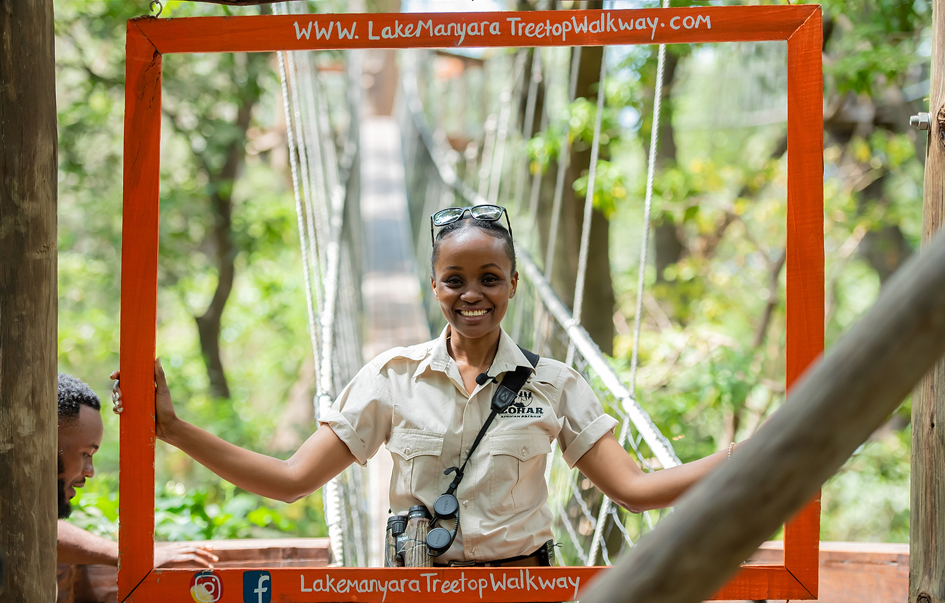
AREA ACTIVITIES
- Game drives
- Bird watching safaris
- Nature walks
- Treetop walkway
- Lakeside bicycling
- Seasonal canoeing
WHEN TO VISIT
- Year-round but the favorable time is between June to October and mid December to February, during the dry season. In this article you can read more about the best time for a safari.
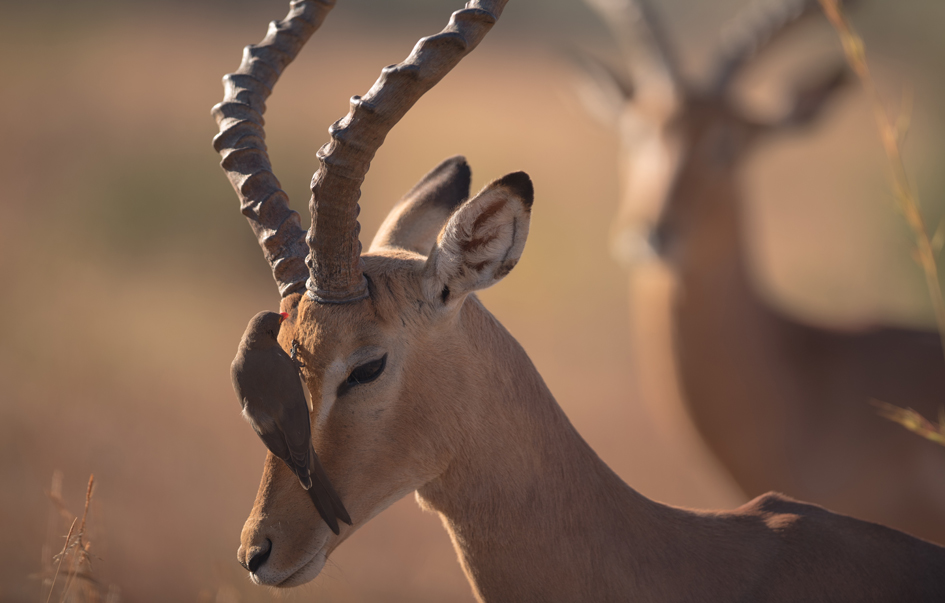
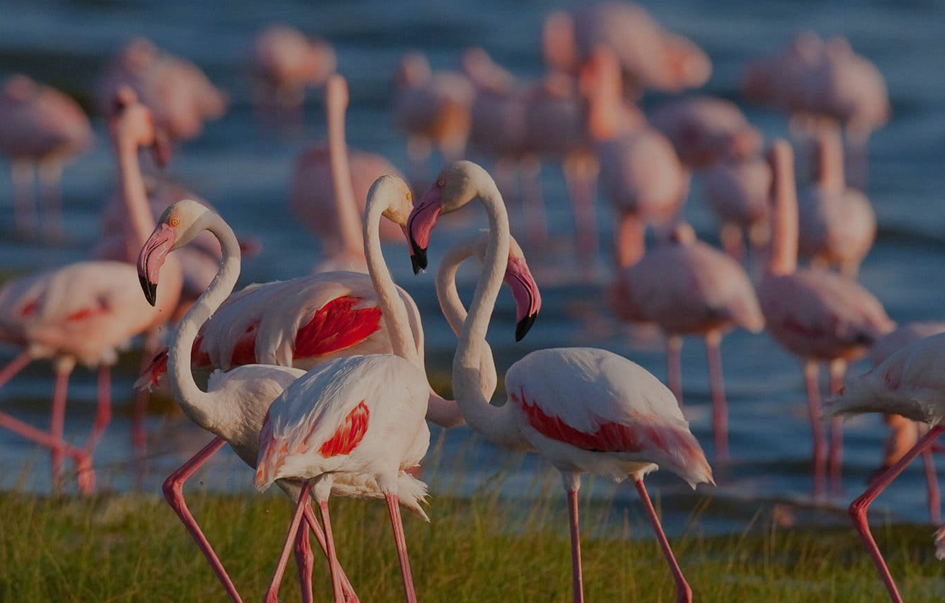
WHAT TO SEE
- Large troops of baboons and monkeys, elephant, giraffe, hippo, antelope & gazelle, zebras, buffalos etc.
- 550 species of birds.
- Manyara Soda Lake filled with seasonal flamingos and other water birds
- The Rift Valley escarpment
- Mto Wa Mbu local community
HOW TO GET THERE
- Road: it’s 2-hour drive from Arusha, the safari transit town.
